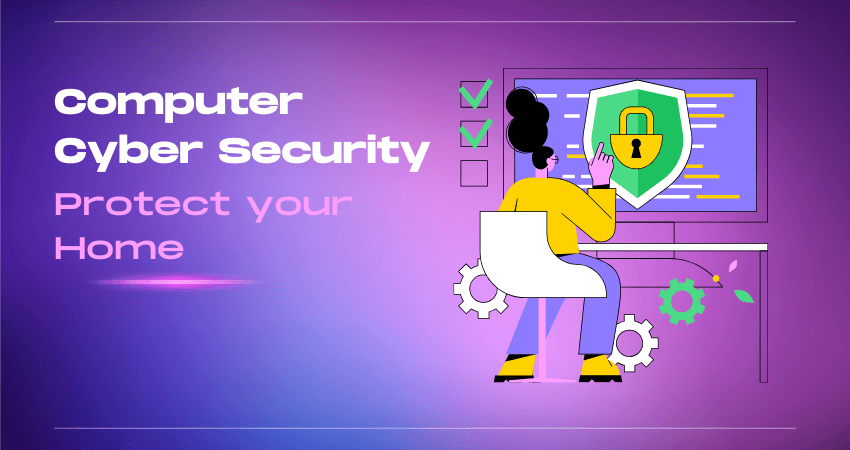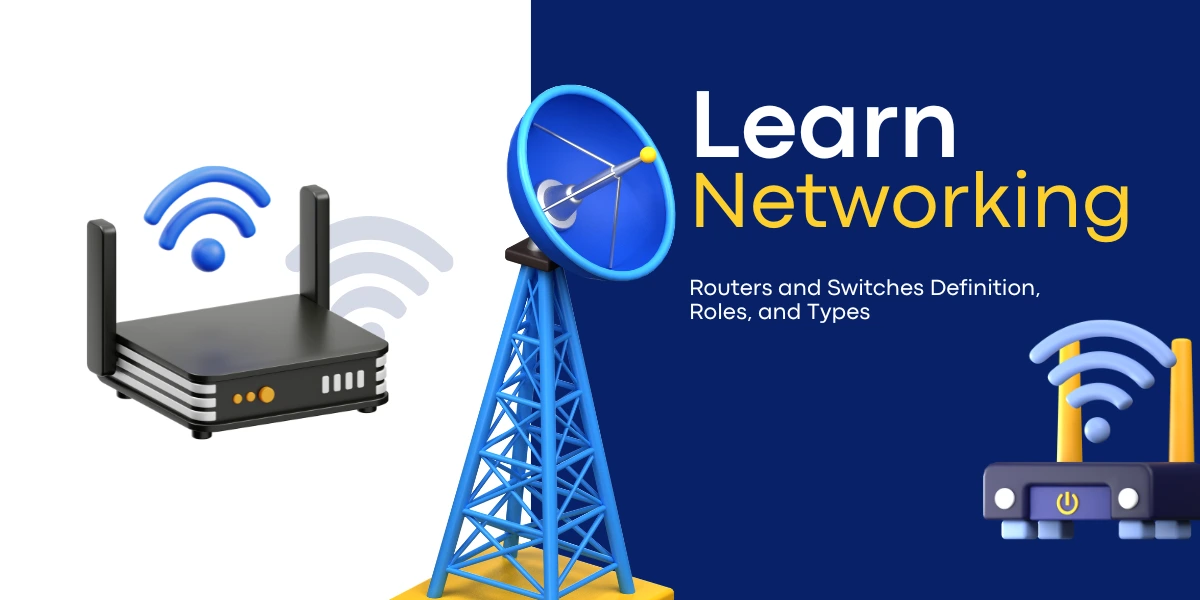Cyber threats come in many forms, and understanding them is the first step toward effective protection. Common cyber threats include:
- Malware: Malicious software designed to damage or disable computers.
- Ransomware: A type of malware that encrypts files and demands a ransom for their release.
- Phishing Attacks: Fraudulent attempts to obtain sensitive information by pretending to be a trustworthy entity.

Knowing these threats allows you to recognize and respond to potential attacks before they cause harm.
Importance of a Strong Password Strategy
Passwords are your first line of defense against unauthorized access. A strong and unique password can make a significant difference in protecting your accounts and data. Here are some tips:
- Create Complex Passwords: Use a mix of letters, numbers, and special characters.
- Avoid Using the Same Password: Reusing passwords increases vulnerability. Always have a unique password for each account.
- Use a Password Manager: A password manager can generate and store complex passwords, reducing the risk of weak passwords.
The Role of Two-Factor Authentication (2FA)
Two-Factor Authentication (2FA) adds an extra layer of security by requiring not just a password but also a second form of verification, such as a code sent to your mobile device. Enabling 2FA on your accounts significantly decreases the likelihood of unauthorized access.
Keeping Your Software and Systems Updated
Software updates are not just about adding new features; they often include critical security patches that fix vulnerabilities. Keeping your operating system, applications, and antivirus software up-to-date ensures that known vulnerabilities are patched, reducing the risk of a cyber attack.
- Enable Automatic Updates: This ensures you never miss an important security patch.
- Regularly Check for Updates: Manually check for updates to be aware of what’s being installed.
Installing Reliable Antivirus Software
Antivirus software is essential in detecting, blocking, and removing malware. Here’s what to consider:
- Choose Reputable Software: Not all antivirus software is created equal. Research and choose one with good reviews and a solid reputation.
- Regular Scans and Updates: Set your antivirus software to perform regular scans and ensure it’s always updated with the latest virus definitions.
Securing Your Home Network
A secure home network is critical for protecting all the devices connected to it. Here are some steps:
- Set Up a Strong Wi-Fi Password: Avoid using the default password provided by the manufacturer.
- Change Default Router Settings: Default usernames and passwords are easy targets for hackers. Customize these settings.
- Use WPA3 Encryption: This is the latest and most secure encryption protocol for Wi-Fi networks.
The Value of a Virtual Private Network (VPN)
A Virtual Private Network (VPN) encrypts your internet connection, making it difficult for hackers to intercept your data. This is especially important when using public Wi-Fi networks. A VPN masks your IP address, providing an additional layer of anonymity and security online.
Being Aware of Phishing Scams
Phishing scams are becoming increasingly sophisticated, making it crucial to stay vigilant. Here are some ways to protect yourself:
- Check Email Addresses: Phishers often use email addresses that closely resemble legitimate ones. Always double-check.
- Avoid Clicking Unknown Links: If you’re unsure about the authenticity of an email or message, don’t click any links.
- Report Suspicious Activities: Report phishing attempts to your email provider or relevant authorities.
The Importance of Regular Backups
Backing up your data is an essential part of cyber security. In the event of a ransomware attack or hardware failure, having a backup ensures that you don’t lose important files.
- Cloud Storage vs. Local Storage: Use a combination of both for redundancy.
- Regular Backup Schedule: Set a schedule (daily, weekly, or monthly) depending on how often your data changes.
Educating Family Members About Cyber Security
Your family members, especially children, can unknowingly become the weak link in your home’s cyber security. Educating them is essential:
- Teach Basic Online Safety Rules: Explain the importance of not sharing personal information online.
- Create a Safe Browsing Environment: Use parental controls and safe search settings.
Limiting User Access and Permissions
Not everyone needs admin access to your home computer. Limiting access can prevent unauthorized changes and installations:
- Create Guest Accounts: For visitors or less tech-savvy family members, create a guest account with limited permissions.
- Avoid Using Admin Accounts for Daily Use: Use a standard account for daily activities and an admin account only when necessary.
Disabling Unnecessary Features and Services
Many operating systems and applications come with features that you may not need. Disabling these can reduce potential vulnerabilities:
- Turn Off Unused Services: For example, if you don’t use remote desktop services, disable them.
- Regularly Review Active Processes: Keep an eye on what’s running in the background.
Monitoring and Responding to Security Breaches
Even with the best precautions, security breaches can still happen. Being prepared to respond is crucial:
- Set Up Security Alerts: Configure your antivirus or security software to alert you of suspicious activities.
- Know the Steps to Take: If a breach occurs, disconnect from the internet, run a full system scan, and change your passwords.
Securing your home computer from cyber threats requires a combination of good practices, the right tools, and ongoing vigilance. By understanding potential threats and taking proactive measures, you can protect your personal data and enjoy a safer online experience. Remember, cyber security isn’t a one-time setup—it’s a continuous effort to stay one step ahead of cybercriminals.
How to enable home network security AT&T
To enable home network security with AT&T:
- Log in to your AT&T router settings by entering
192.168.1.254in your web browser. - Go to the Wi-Fi Settings or Network Settings tab.
- Set a strong, unique Wi-Fi password.
- Enable WPA2 or WPA3 encryption for better security.
- Turn on Firewall settings and disable WPS.
- Save changes and restart your router.
This will help secure your home network.
| Read More Topics |
| Are computer science degrees still a safe bet? |
| Top 10 machine learning algorithms |
| Distance vector routing algorithm |





